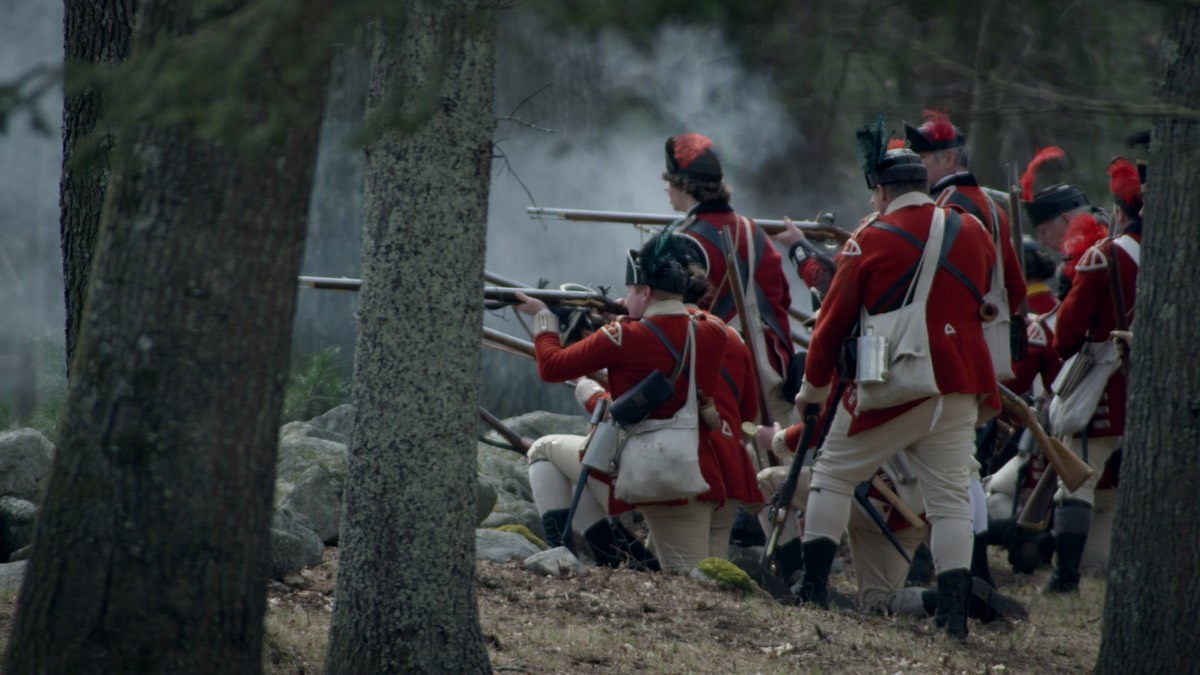
Ars Technica: What else can we learn from these sort of experiments?Joel Bohy: One of the things thats terrific about the archeology end of it is when were finding fired ammo.
I primarily offer with archaeologists on the Revolutionary War.
Among my associates has actually worked on the Little Bighorn battleground doing firing pin impressions, which leave a finger print, so he could track troopers and Native Americans across the battlefields.
With [the Revolutionary War], its harder to do because were utilizing smooth-bore weapons that dont necessarily leave a signature.
However what they do leave is a quality, and they likewise leave a location.
We GIS all this stuff and map it, and its informed us aspects of the fights that we never knew before.
We just did one last August that hasnt been released yet that modifications where individuals thought a battle took place.
A reproduction Revolutionary War era rifle being fired in the field.
GBH/NOVA A reproduction Revolutionary War period rifle being fired in the field.
GBH/NOVA High-speed video cameras record the gunfire close-up.
GBH/NOVA High-speed video cameras record the gunfire close-up.
GBH/NOVA A reproduction Revolutionary War era rifle being fired in the field.
GBH/NOVA High-speed cameras catch the shooting close-up.
GBH/NOVA We like to integrate that with our live fire research studies.
So when we [ conduct the latter], we conjecture, then we metal detect each shot, bag it, tag it.
We tape-record all the information that we see on our musket balls that we fired so that when were on an archeology task, we can correlate that with what we see in the ground.
We can see if it strikes a tree, if it hits rocks, how close was a soldier when they firedall based upon the deformation of the musket ball.Ars Technica: What is the experience of shooting a replica of a musket compared to, say, a contemporary rifle?Joel Bohy: Its a lot different.
When youre shooting a modern-day rifle, you shoot and its very quicka matter of milliseconds and the bullets downrange.
With the musket, its comparable, however its slower, and you can expect the shot.
By the time the cock goes down, the flint strikes the hammer, it fires up the powder in the pan, which goes through the vent and triggers the chargetheres a lot more time associated with that.
So you can expect and flinch.
You may not always get the best shot as you would on a more modern rifle.
Theres still a great deal of kick, and theres a lot more smoke due to the fact that of the black powder thats being used.
With modern-day smokeless powder, you have very little smoke compared to the muskets.

 10
10






